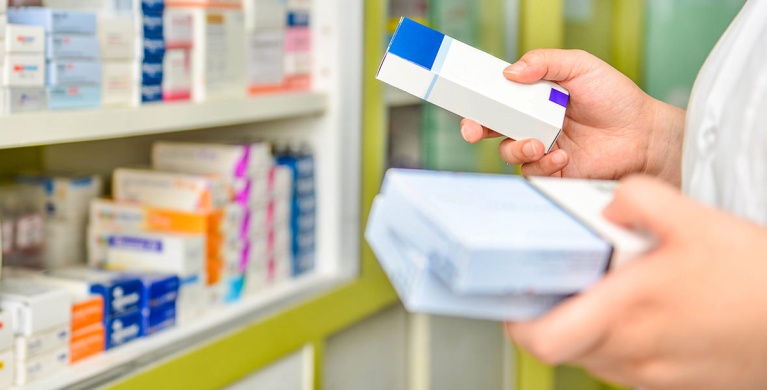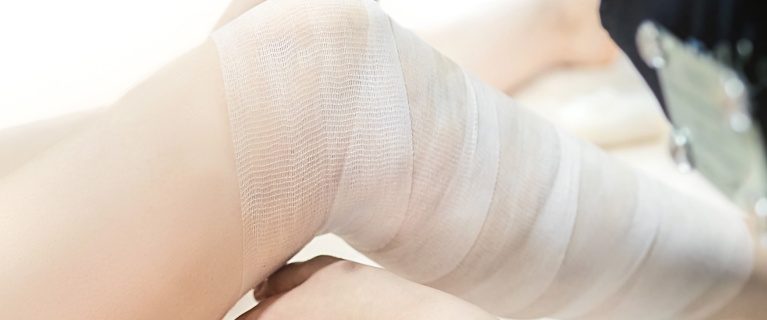

Eczema: what is wet-wrapping?
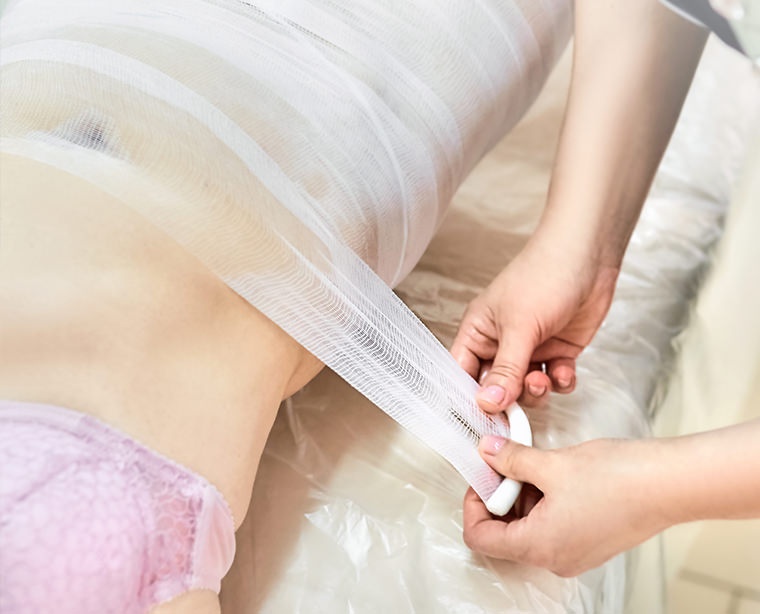
To enhance the efficacy of cortisone creams, your doctor may prescribe wet-wrapping for a short period of time.
This complementary treatment helps provide soothing relief from even the most intense flare-ups.
Prescription treatment
Wet-wrapping offers soothing relief from moderate to severe acute eczema. It is not recommended for mild atopic eczema, and should only be used according to medical advice. This technique, used in hospitals, can also be applied at home.
Wet-wrapping is reserved for cases with extremely dry skin and oozing, not for mild eczema. It is suitable for children as well as adults.
A blend of creams in a “wrap”
For more severe forms of eczema, cortisone creams are sometimes applied under a “dressing” for several hours to promote better skin absorption.
A cortisone cream alone, or a mix of cortisone cream and emollient, is applied to the body then covered in a wet material, dampened with hot water. For the material, you can use either bandages or cotton clothing.
This wet material is then covered with a second layer of dry material (another bandage or item of clothing) to keep the water from evaporating or to prevent the sheets or surroundings from getting wet.
Follow these 3 tips for an effective wet-wrap
- Shower, then dry off by dabbing with a towel, without rubbing;
- Apply your creams (usually a mix of emollient and topical corticosteroid) onto dry and damaged skin;
- Wrap in two layers of cotton clothing, a stretch jersey or bandages (one wet layer, one dry).
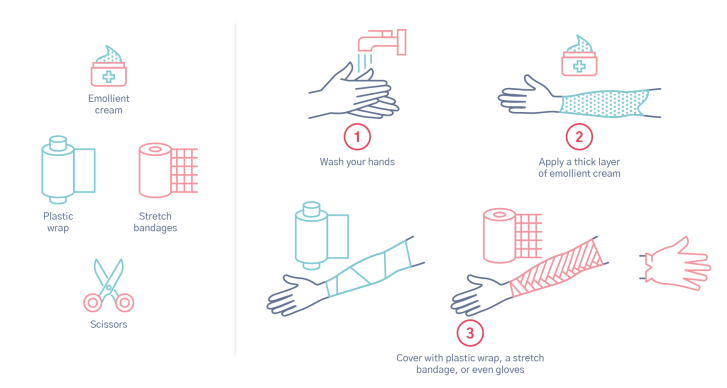
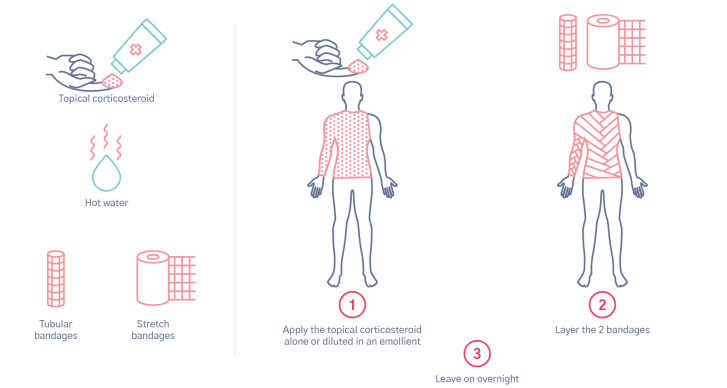
This treatment is naturally suited to the evening, before going to bed for the night. Being all covered in cream is hardly the time to do your more energetic activities. Rather, this is the ideal time to relax before settling in for a great, itch-free night.
Treatment must be continued until the lesions disappear
This treatment is very effective. Symptoms often subside within a week, or sometimes sooner: you will know it works when the smile returns to your child’s face and their well-being is restored. Feel free to follow up with your doctor after a week of treatment...

